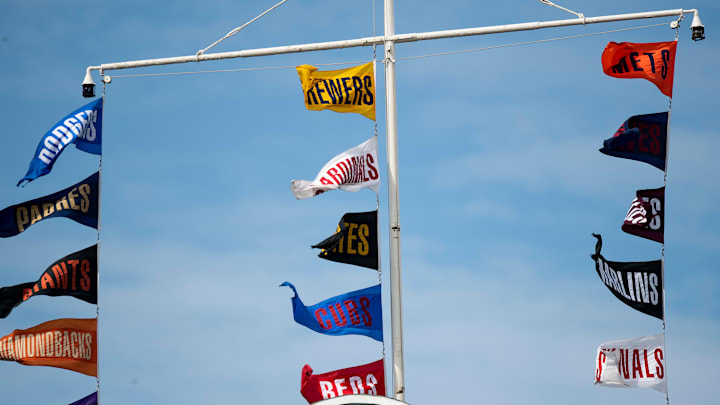The National League Division Series heads to Wrigleyville this afternoon, as the Milwaukee Brewers and Chicago Cubs continue their first-ever postseason matchup. After two emphatic wins at the climate-controlled American Family Field, Mother Nature joins the Brewers and Cubs for Game 3 in the Windy City.
As most Brewers fans know, wind is a significant factor at Wrigley Field, changing the stadium from a hitters' paradise when the wind is blowing out to a pitchers' haven when it's blowing in. On days with a southerly wind, flyouts turn into homers, often frustratingly landing in the baskets atop the walls of Wrigley. On the flip side, when the wind is coming from the north, generally at the beginning and end of the season, it feels nearly impossible to hit a longball at the Cubs' home ballpark.
As a result, the direction of the wind can completely change the outcome of a game at Wrigley, making it something to monitor as the Brewers embark on their first road postseason game of 2025. Various sources, including the website "Windy" which clearly displays both wind direction and speed, have confirmed that on this October day the wind is blowing in at Wrigley Field at a speed of about 10 mph, and is expected to stay that way when this afternoon's Game 3 matchup begins.
Brewers to benefit from the wind blowing in at Wrigley Field this afternoon
The dominating rhetoric regarding the Brewers and Cubs' offenses during the NLDS is that Chicago generates runs through hitting home runs while Milwaukee manufactures their runs by getting on base and utilizing a "small ball" approach. While that argument doesn't always hold true -- the Brewers slugged three homers en route to their Game 2 victory -- it is accurate to say that the Cubs are more reliant on the longball; despite scoring 13 fewer runs than the Brewers during the regular season, the Cubs hit 57 more homers.
Generally, being more reliant on home runs is an advantage in the postseason, but when the wind is blowing in at Wrigley Field, hitting the ball in the air can be costly. The Cubs had the highest fly ball rate (40.9%) in the National League this season, while the Brewers had the fourth-lowest rate (35.2%) in baseball.
Adding more context to the situation is the fact that the Cubs matchup with one of the best ground-ball pitchers in all of baseball in Quinn Priester this afternoon. With a 56.1% ground-ball rate, Priester induced grounders at the fifth-highest rate of all MLB pitchers with 100 innings pitched or more this season.
So the Cubs, a team that wants to elevate the baseball, are facing a pitcher who will force them to keep it on the ground, but when they do manage to hit the ball in the air, it will be knocked down by a strong wind blowing in from center field.
That recipe, paired with Priester's dazzling 2.91 road ERA this season, could make for a tough game for Cubs hitters. In the end, the Brewers’ strategy of getting on base and manufacturing runs, while not generally considered the ideal strategy in the postseason, should work to their advantage at Wrigley Field this afternoon.
